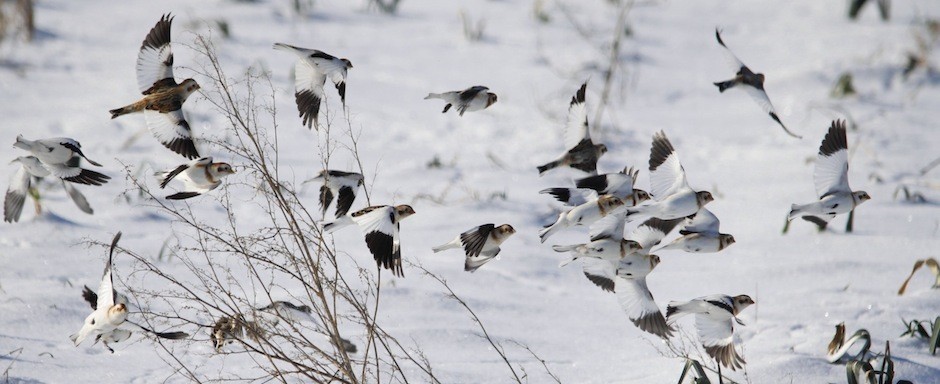Two of my very favourite birds – Gray-cheeked Thrush and Canada Warbler – tend to show up later in the Spring. And, probably, with good reason: they are coming all the way from South America. Gray-cheeks spend the Winter in lowland jungle areas of Brazil, Venezuela and Colombia while Canadas spend their time in montane areas of Colombia, Ecuador and Peru. So no wonder they show up a little later….they’ve come a long way! And they go a long way. On June 1st I will be heading up to Fort Liard in the NWT to work on a project studying Canada Warblers. But the thrushes have them beat: some go as far eastern Siberia! On their northward flight they seem to have different flight strategies. The thrushes are “trans-Gulf” migrants while the warblers are “circum-Gulf” migrants…..one goes across the Gulf of Mexico while the other goes around – through Mexico.
So it was a treat to catch and band both of these species today. When I hold them in my hand I try to imagine the places they’ve seen, the obstacles they’ve had to overcome, the journey yet to come. They’re truly awesome.
Banded 42:
1 Downy Woodpecker
1 Eastern Wood Pewee
3 Traill’s Flycatchers
1 Gray-cheeked Thrush
1 Wood Thrush
3 Gray Catbirds
1 Cedar Waxwing
1 Red-eyed Vireo
2 Yellow Warblers
5 Magnolia Warblers
1 Black-throated Green Warbler
1 Black & White Warbler
1 American Redstart
4 Common Yellowthroats
4 Wilson’s Warblers
1 Canada Warbler
1 Rose-breasted Grosbeak
3 Indigo Buntings
2 Lincoln’s Sparrows
3 Baltimore Orioles
2 American Goldfinches
ET’s: 62 spp.
Rick




Hi, I was wondering what does the ET stand for? Thought it was a
running total of species for the year, but the number doesn’t always increase.